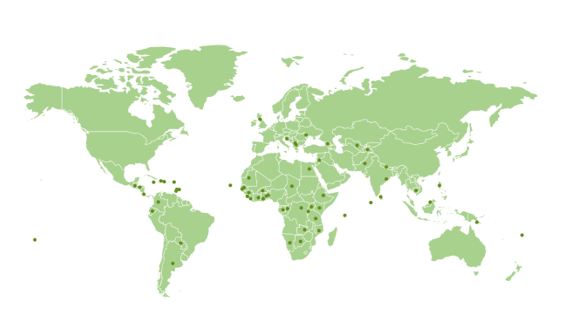Meeting the climate and development objectives set out in the Paris Agreement and the Sustainable Development Goals (SDGs) require substantial public investment—both to reduce emissions and to build resilient infrastructure. These demands add pressure to already constrained fiscal environments, making efficient and climate-responsive investment management a critical priority.
To help countries address this challenge, the IMF introduced the Public Investment Management Assessment (PIMA) in 2015 and, in 2020, developed its climate module, the Climate-PIMA (C-PIMA). First presented in the IMF’s 2021 Board paper Strengthening Infrastructure Governance for Climate-Responsive Public Investment, C-PIMA extends the PIMA framework by focusing on how climate considerations are embedded in public investment processes. Since its introduction, it has been applied in more than 60 countries.
The C-PIMA Handbook, C–PIMA HANDBOOK: Climate-Public Investment Management Assessment; November 2025 published recently by the IMF, provides practical guidance for governments and development partners on how to assess and strengthen public investment management (PIM) systems to support climate objectives. It sets out the C-PIMA framework for evaluating the extent to which climate considerations are integrated into PIM practices and for identifying areas that need improvement. The framework is organized around five pillars of public investment management that are key for climate-aware infrastructure: planning, coordination across government, project appraisal and selection, budgeting and portfolio management, and risk management. Unlike PIMA, which evaluates both institutional design and its practical effectiveness, C-PIMA exclusively examines institutional design. It assesses the legal, regulatory, and procedural frameworks that support climate-related investment decision-making.
In addition to describing the C-PIMA framework, the Handbook highlights good practice examples and country experiences, offering practical entry points for reforms. These include integrating climate risk analysis into project appraisal, aligning capital investment plans with national climate strategies, and strengthening coordination between climate policy and budgeting institutions.
Ultimately, the C-PIMA Handbook offers governments and development partners a practical roadmap for delivering effective, climate-resilient, and green infrastructure—and for turning national commitments into concrete action.
C-PIMAs around the World, 2021-2025




